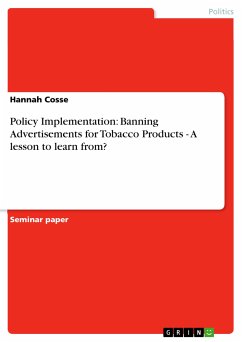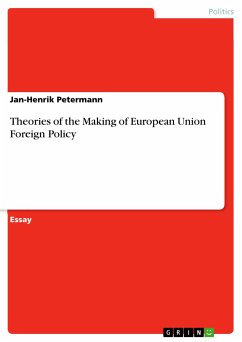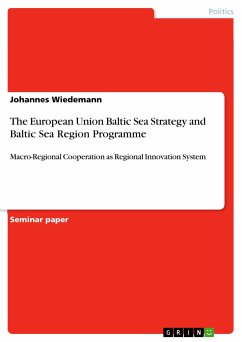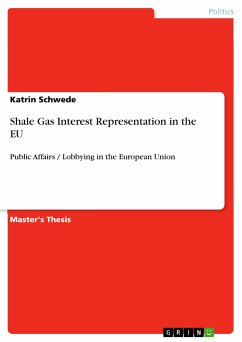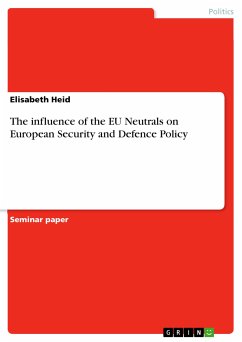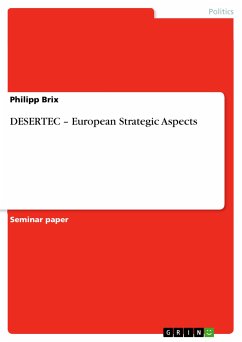Seminar paper from the year 2006 in the subject Politics - Topic: European Union, grade: 2.0, University of Twente (School of Management and Governance), course: Multi-Level-Governance in the European Union, language: English, abstract: Alleged 55 million adults in the European Union drink at harmful levels. Undoubtedly abuse of alcohol is insanitary. Therefore the European Commission set out a strategy in October 2006 to reduce the numbers of drinkers. Among the measures is a recommendation to ban advertisements for alcohol. Drinking is unhealthy - so is smoking. Thus the Tobacco Advertising Directive is finally implemented in the summer of this year by the last member states. But the story of this achievement reaches back nearly a decade: due to implementation deficits the process of banning advertisements for tobacco products cannot be regarded as a fast and efficient process. It started in 2003 when finally the directive 2003/33/EC was passed by the Council and the European Parliament that prohibits any kind of advertising for tobacco products in print, internet and online media. It should have been implemented by each member state until the 31stof July 2005. But two countries - Luxembourg and Germany - failed to implement up to that date. Germany sued the Commission, because they argued that the directive exceeded its legal base concerned with the internal market and competition rules. Those were the reasons the Commission had claimed to justify its directive. Germany took the directive to the ECJ, and the Commission - as the last step of the infringement procedure - sued Germany for not implementing. While both cases were pending the German government finally agreed to implement the directive in July 2006 - but only at the time where it was quite likely that they would loose their case at the court. In total it took the Commission nearly ten years to achieve their aim. Now, with the discussion about banning advertisements for alcohol a similar process starts again. If the Commission could or should learn something from its former experience is the question that should be answered in this paper. In the second part of this introduction necessary remarks about lesson drawing in general will be made. A vital part for lesson drawing is - obviously - a similarity between the two cases that shall be compared. That this applies to the chosen examples will be shown in the first part after the introduction. Furthermore in this second part of the paper the emergence of the Tobacco Advertising Directive will be shown. A model will be developed that describes the real-life deficits of the implementation process.

